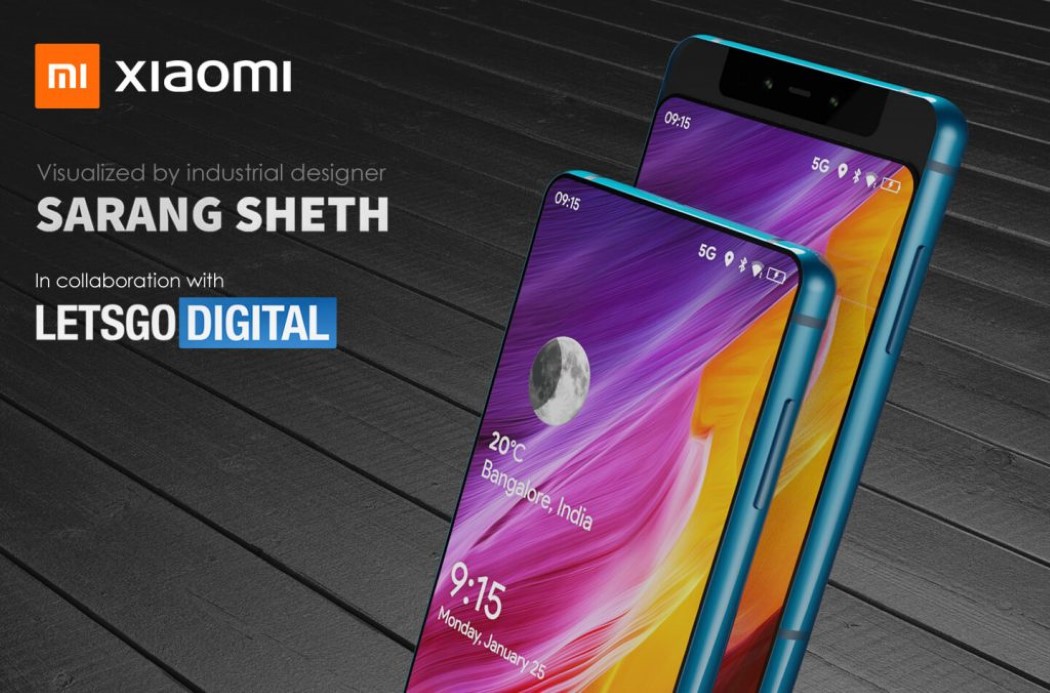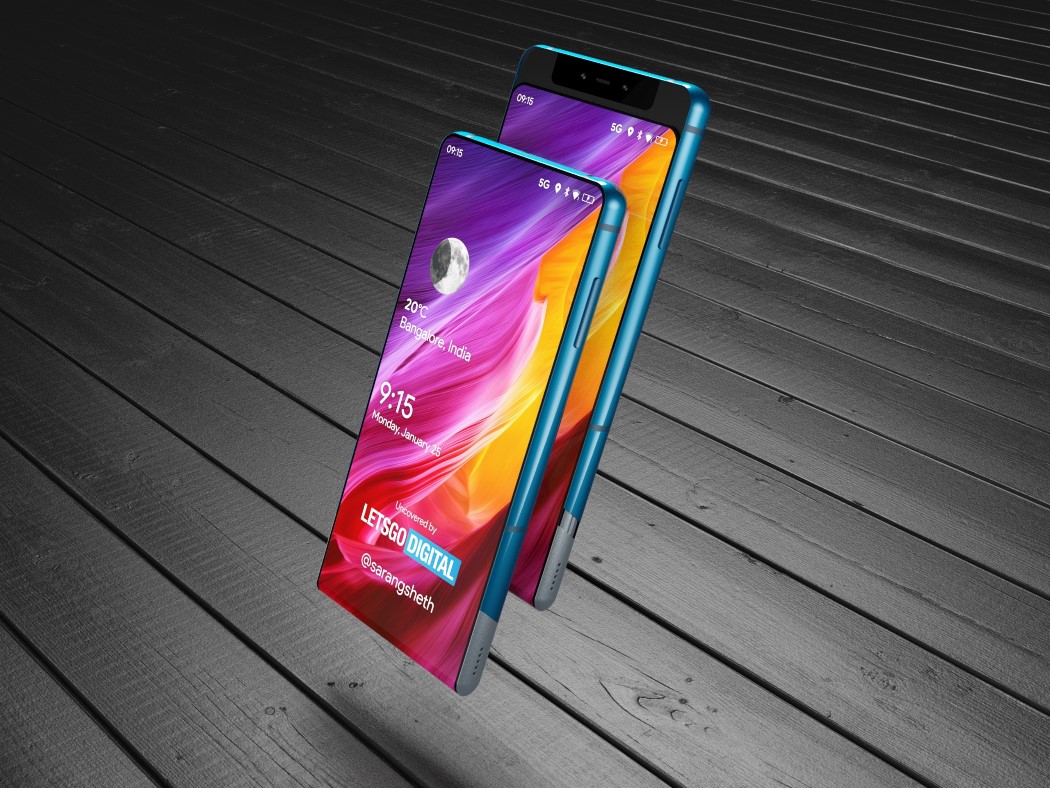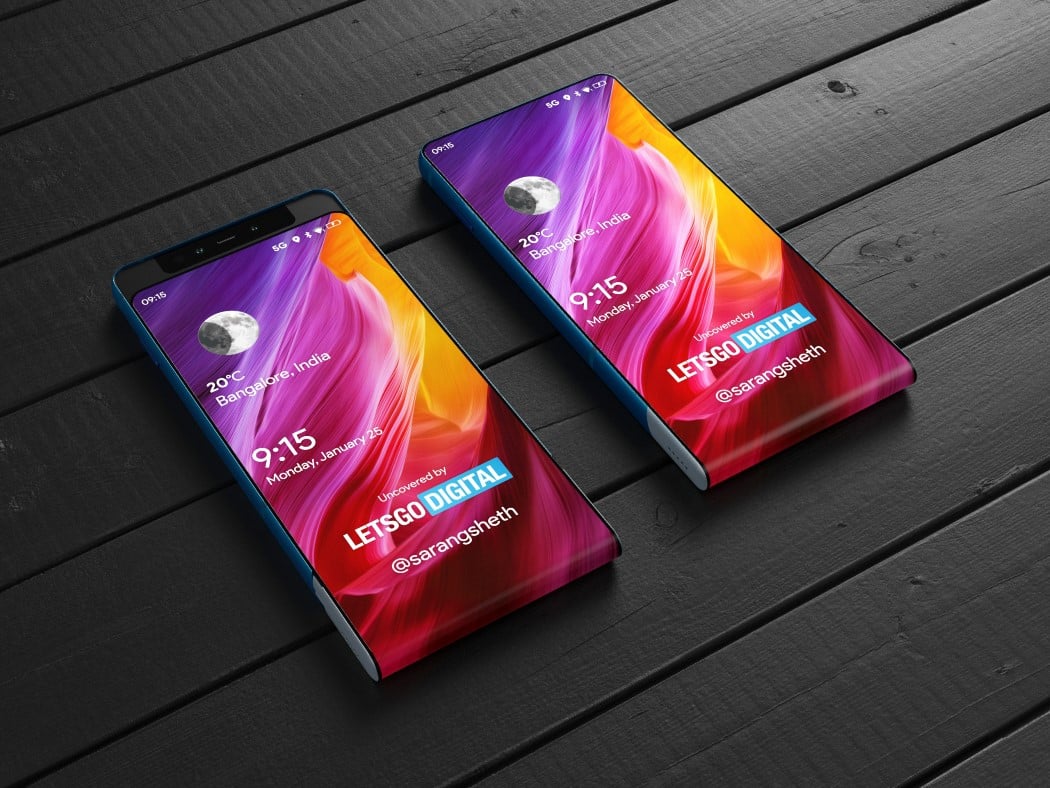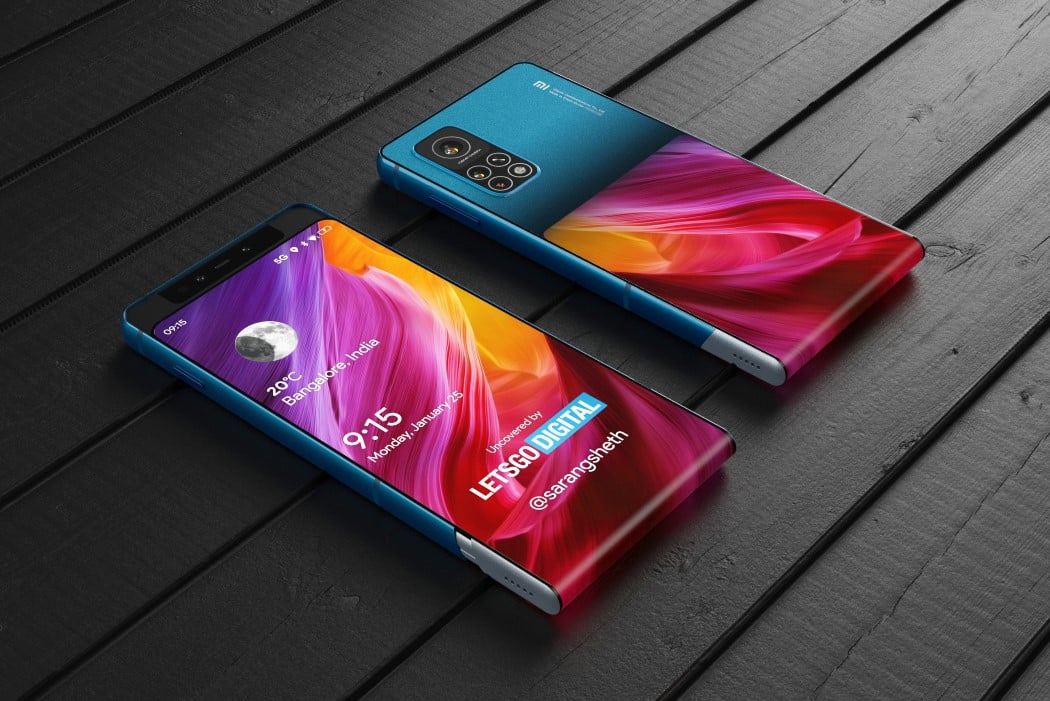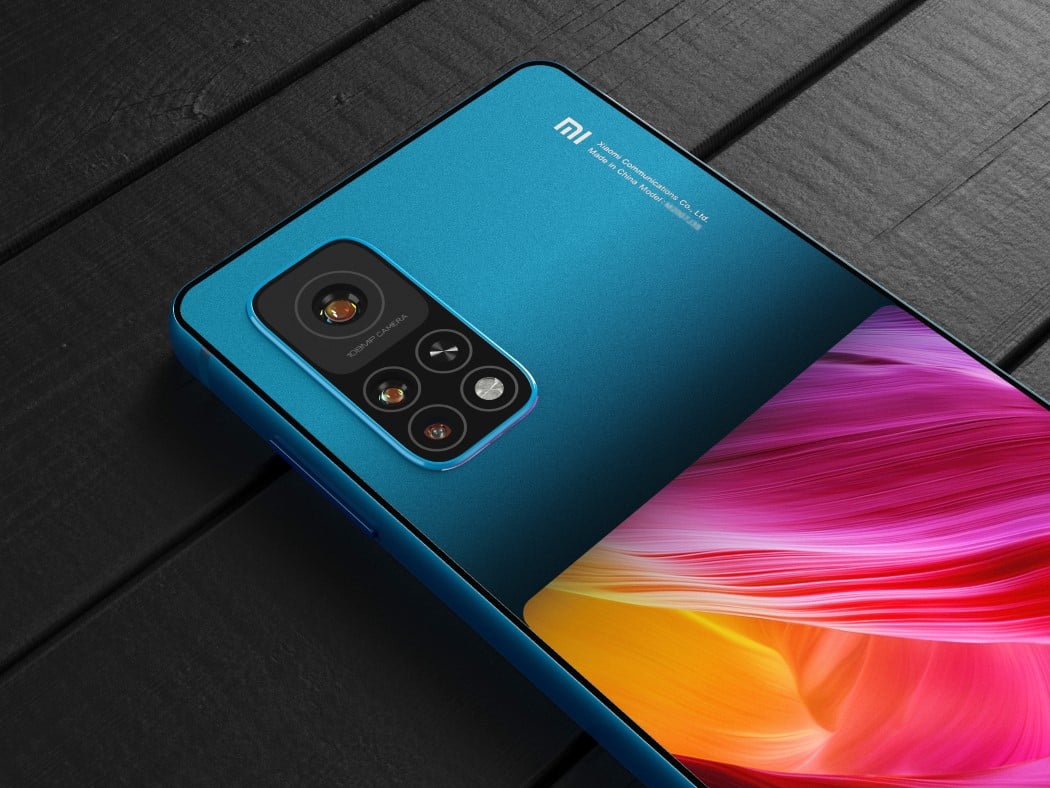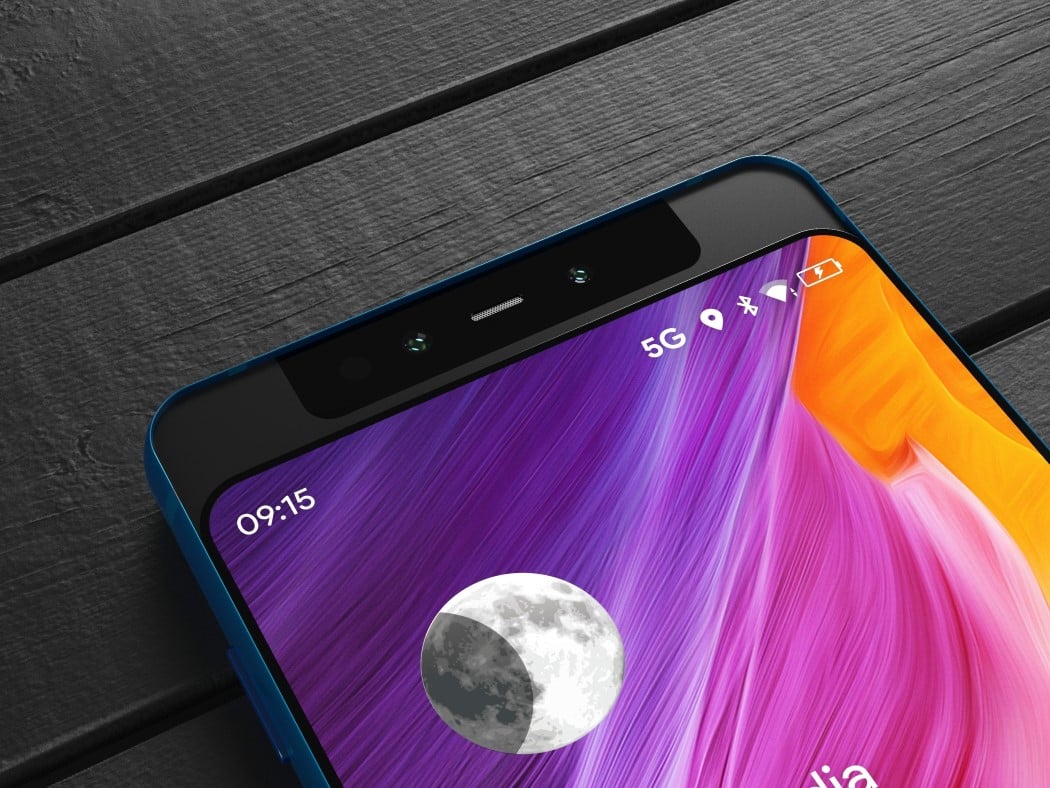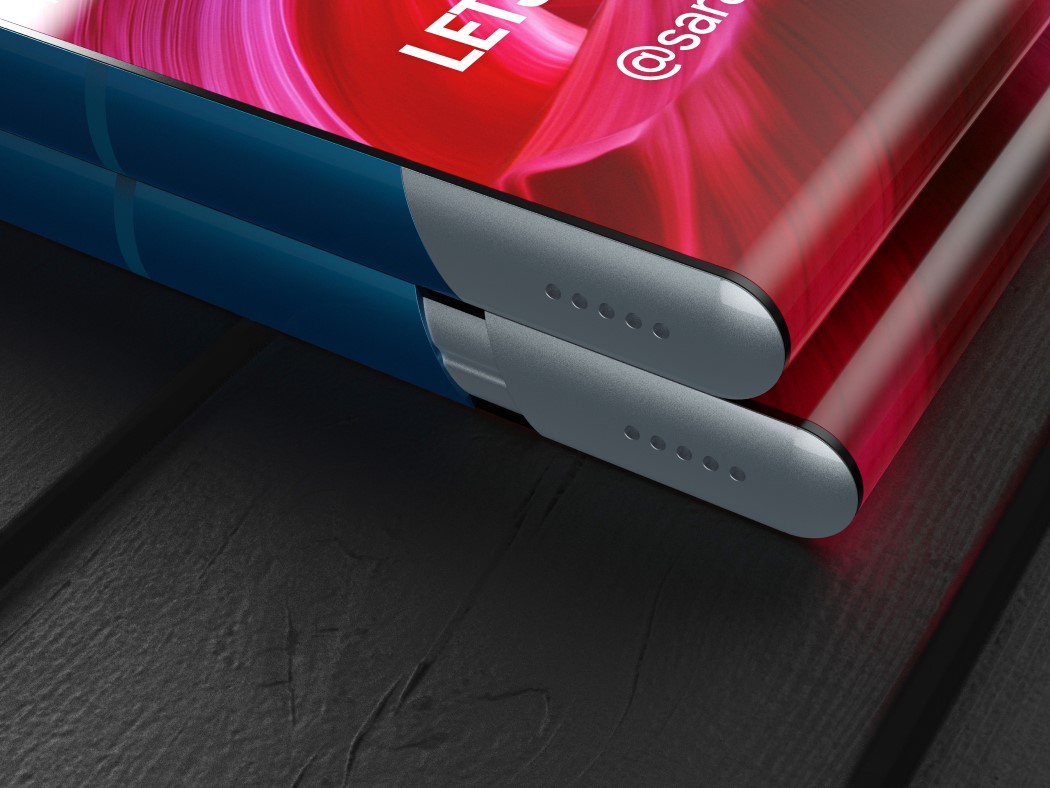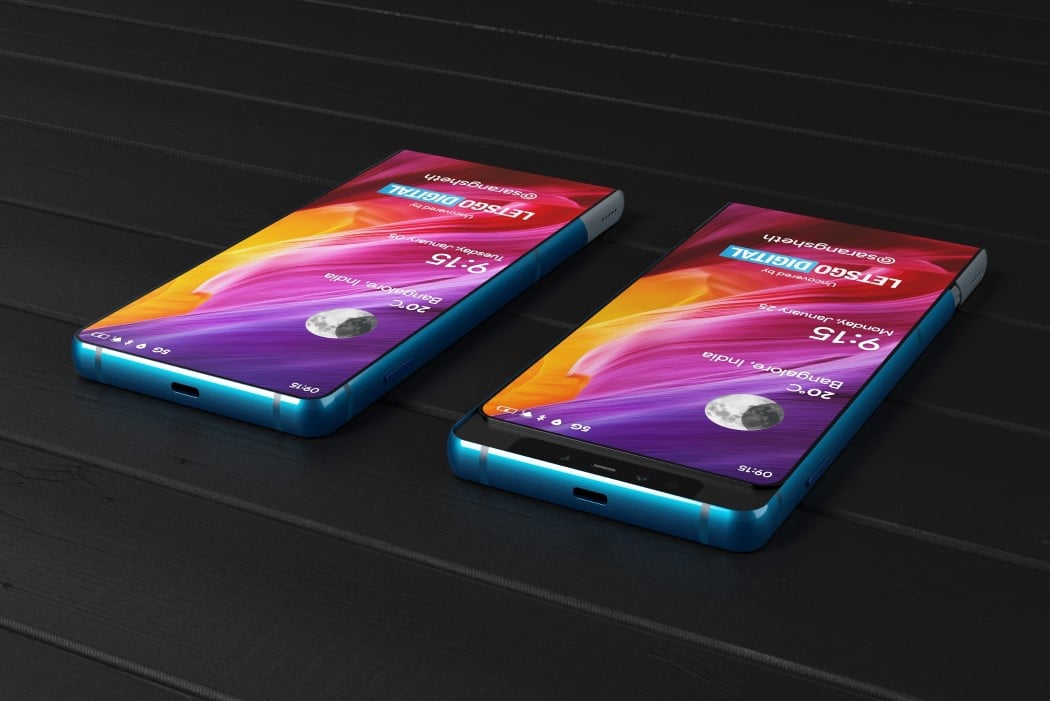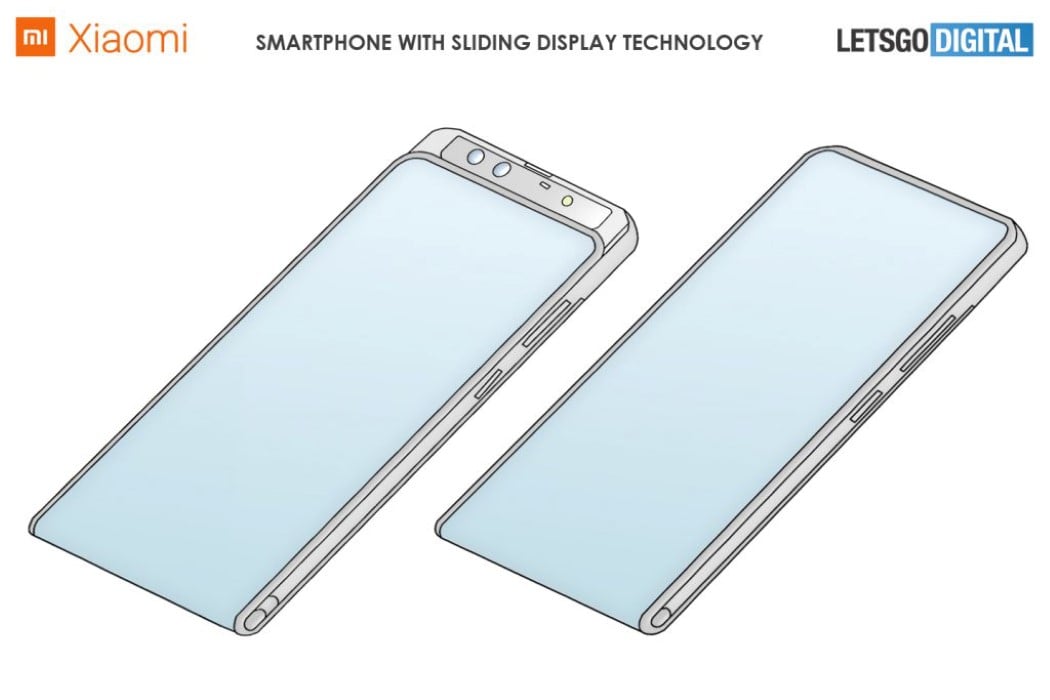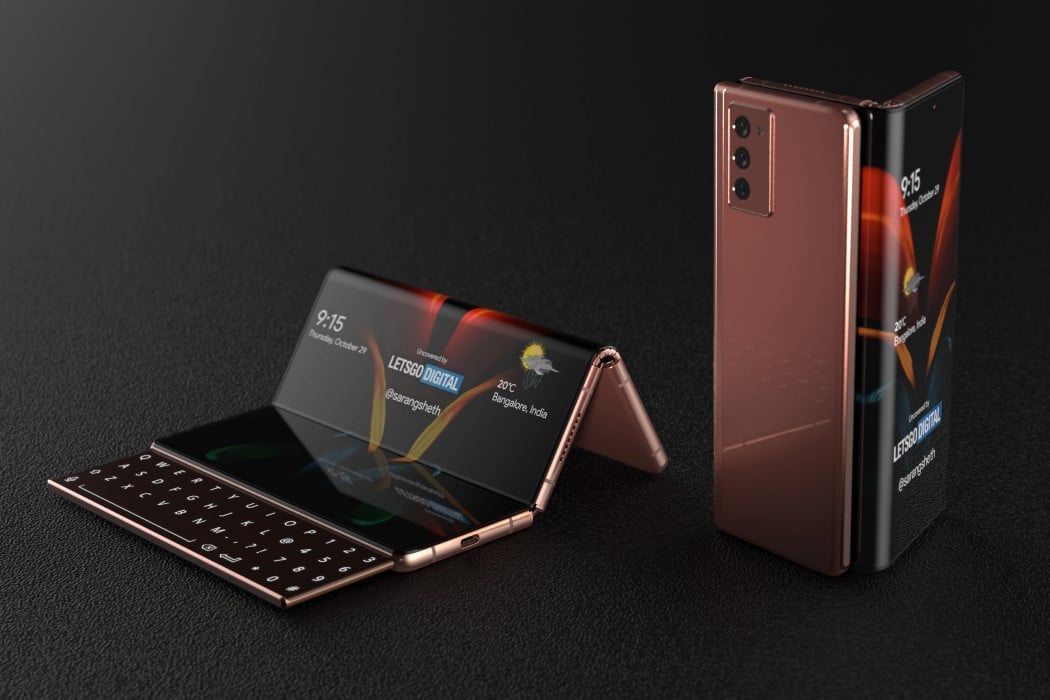
Based on a patent filed in mid-2018 at the Korean Intellectual Property Office (KIPO), which was uncovered only recently by the fine folks at LetsGoDigital, Samsung is reported to be working on a folding smartphone with a dual-hinge and a slide-out keyboard that bridges the gap between phone and laptop, but most importantly, fulfills the ‘Z’ element of the Z Fold product-line. LetsGoDigital has christened this the Galaxy Z Fold 3, and here’s what visualizations of the rumored product look like! Scroll down for a detailed look.
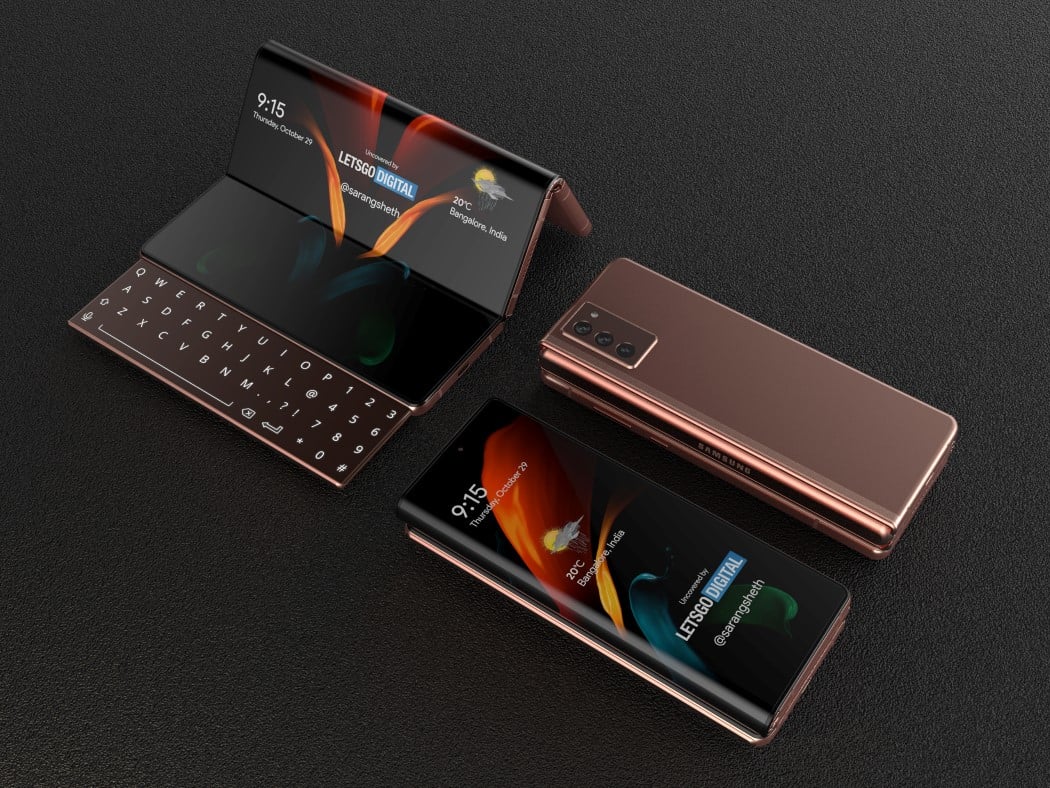
It’s safe to say that Samsung would eventually stumble across a dual-hinge folding phone. They’ve experimented with single-hinge phones in both vertical and horizontal formats, and it’s only natural that the company would make one with an even larger screen and with two hinges to rival Xiaomi’s efforts in this department. Meet the Samsung Galaxy Z Fold 3 concept… It actually folds in the shape of the letter Z, and comes with one singular screen that cascades from the inside to the out, unlike previous folding models that had a dedicated external display and a folding internal one. The Galaxy Z Fold 3 works out the hinges in a way that allows you to use only the outer part of the display when in closed-mode, and the entire screen when completely opened.
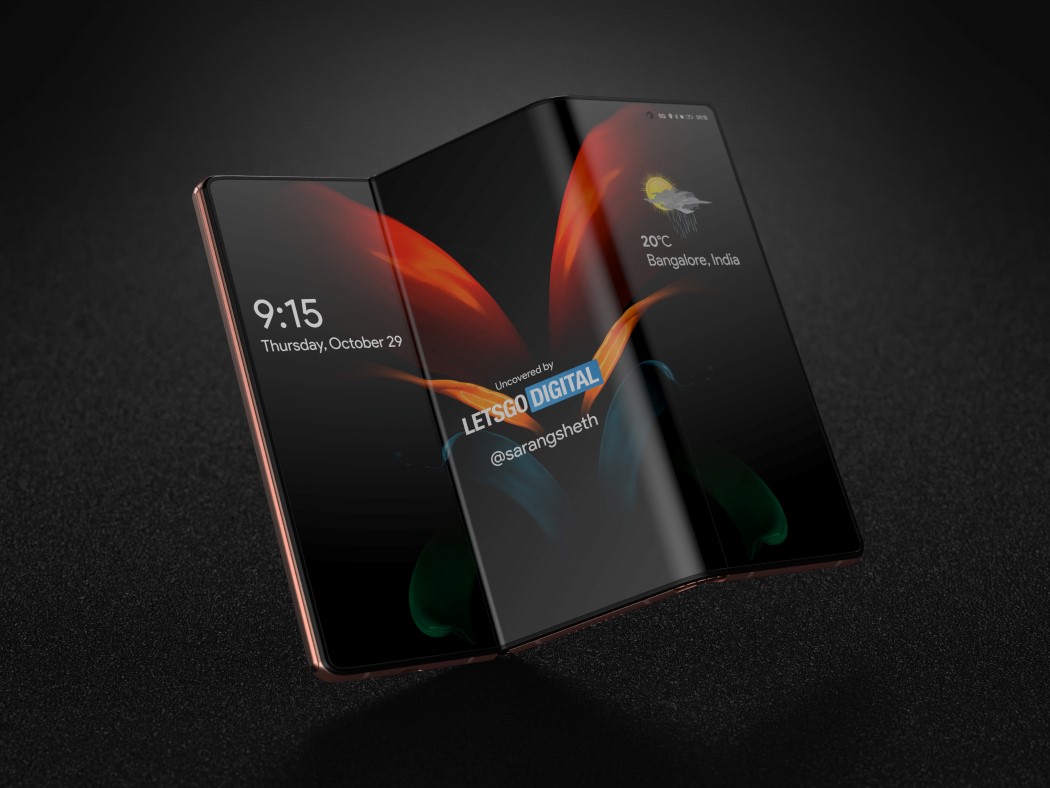
When opened, the dual-hinge format gives the smartphone multiple ways to orient it. You could potentially open it out completely, turning it into a tablet, or use it in one of many shapes, allowing the phone’s flexible body to work as a stand. The most standout feature of this concept is its ability to be used as a real laptop. While earlier iterations of the Galaxy Fold phones explored the potential laptop format, none are as convenient as the Galaxy Z Fold 3, which comes with its own dedicated slide-out keyboard.
The two images below show the two different orientations for the Galaxy Z Fold 3 to be used in laptop mode. Version 1 gives you a compact device with the slide-out keyboard, and the ability to use the hole-punch front-facing camera for video-calls, while version 2 opens out into a more expansive device, allowing you to access two separate screens for multitasking. One part of the screen faces away from you, giving you the potential to even present to a client.
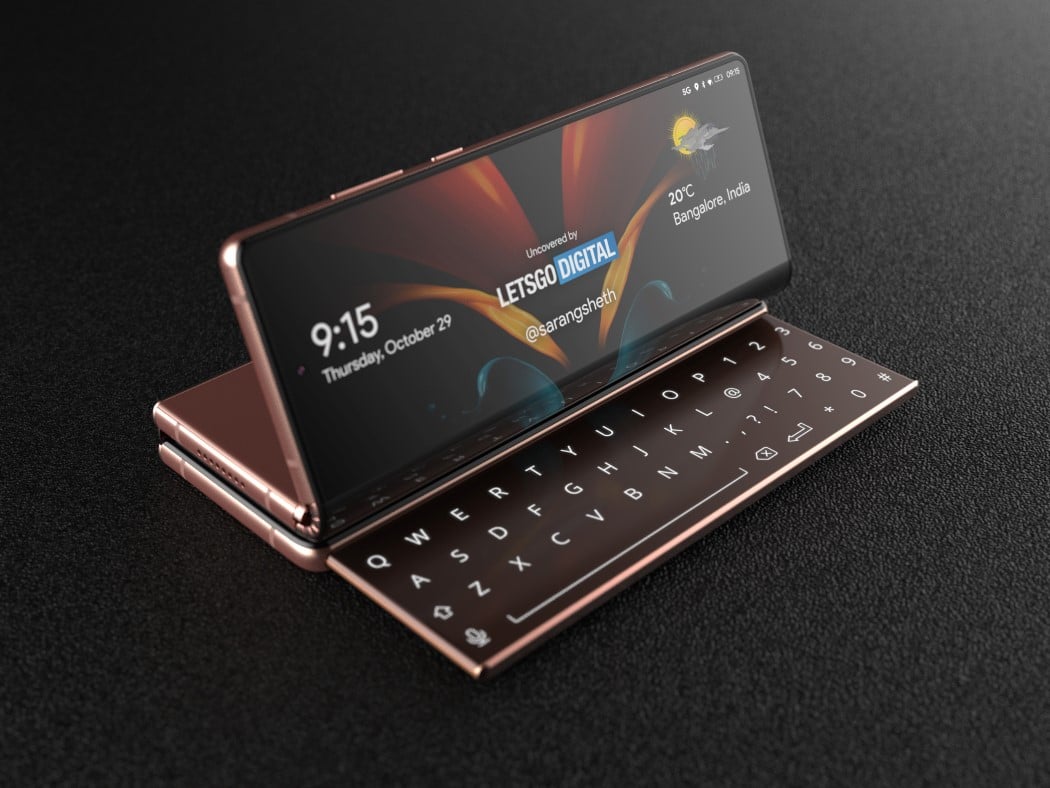
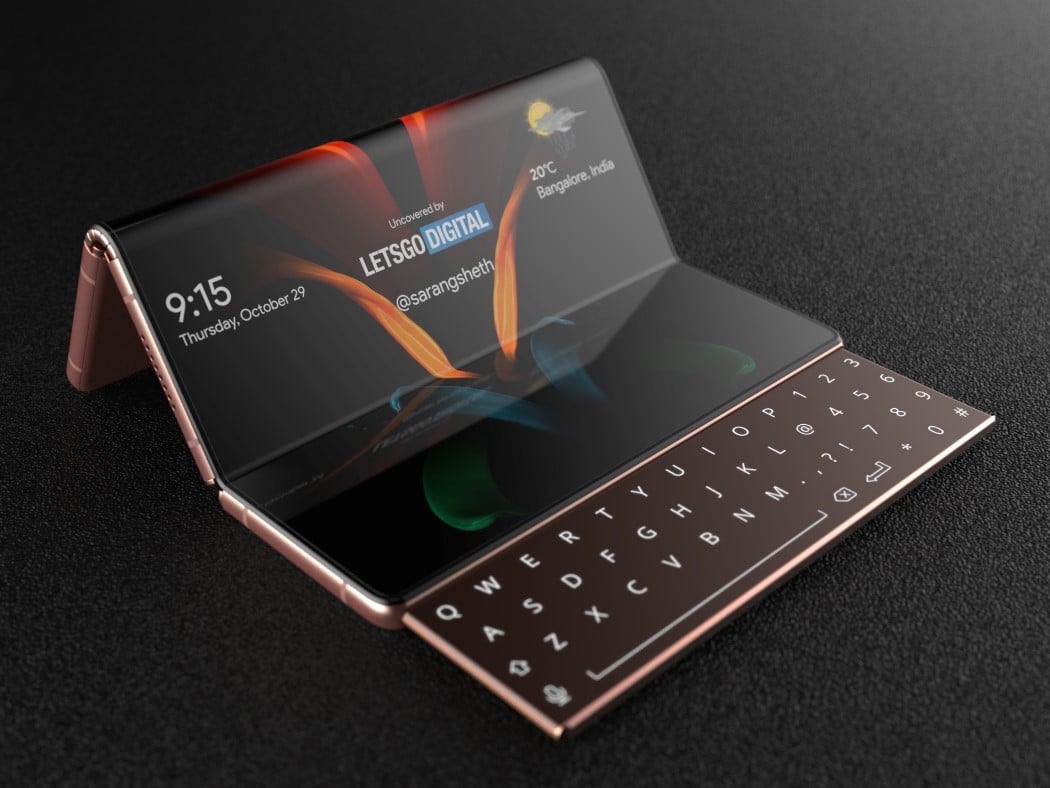
While the dual-hinge 3-part flexible OLED display is clearly the Galaxy Z Fold 3’s most defining feature, the slide-out keyboard really gives it meaning. Just like the Galaxy Note series comes with a stylus that clearly outlines what the product is meant to be used for, the slide-out keyboard on the Galaxy Z Fold 3 helps it bridge the gap between phone and laptop. There’s no clear information in the patent as to whether the keyboard is a dynamic display or a static one, so the concept opts for the latter, but comes outfitted with everything you’d need to get work done, from a full QWERTY keyboard to a Numpad, and even a voice-command button that lets you dictate to the phone when you don’t want to type.
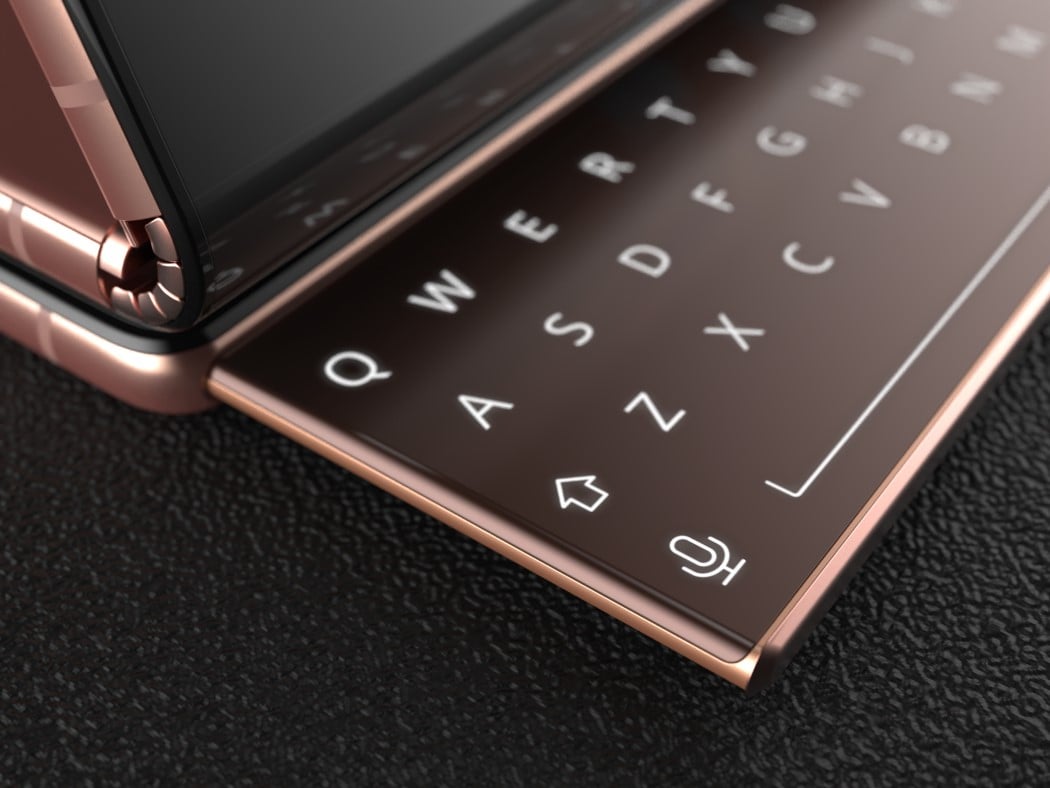
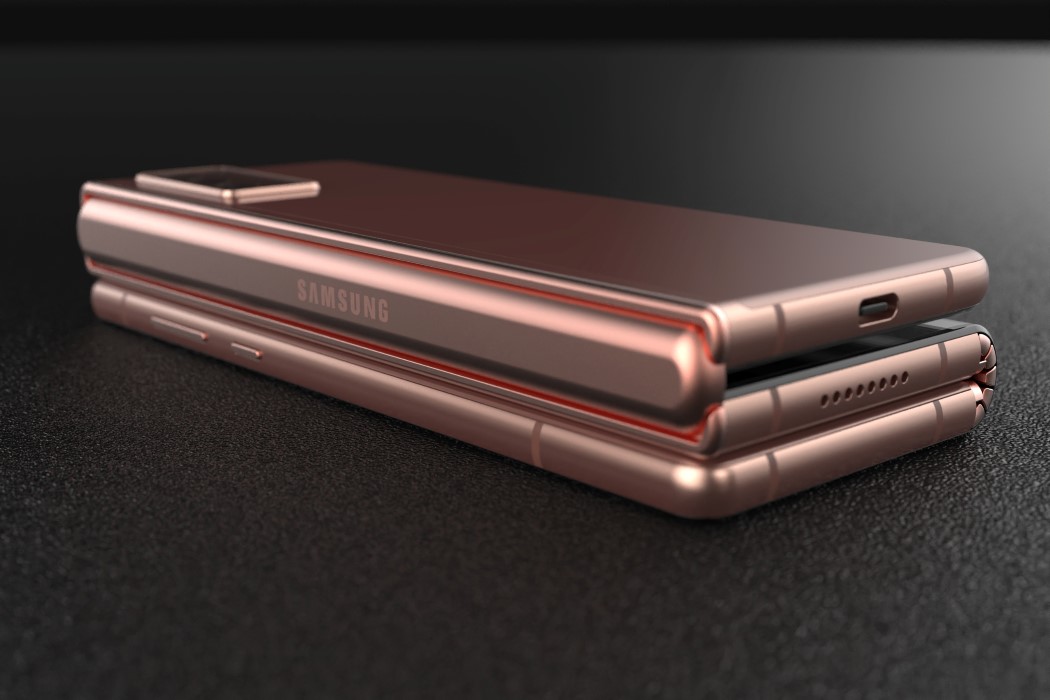
The phone’s dual-hinge, three-part setup definitely results in an overall device that’s on the thicker side, but it still tries to stay within an inch in thickness, making it relatively pocket-friendly and roughly as thick as most bifold wallets. Where it lacks in sleekness, it makes up for in functionality by being your all-in-one smartphone/tablet/laptop hybrid. Like every Galaxy phone, the Z Fold 3 too sports a USB-C charging hub, and we wouldn’t be surprised if this phone was 5G capable too. A single front-facing camera sits on the screen in the hole-punch format, while the back features a 3-lens setup, similar to the Galaxy Z Fold 2 (See Below).
The product’s been visualized in Rose Gold, although it would probably come in a range of colors catering to Samsung’s catalog. The Galaxy Z Fold 3 is a conceptual product based on patented files by Samsung. It’s been visualized as a collaborative effort between LetsGoDigital and Sarang Sheth and isn’t affiliated with the Samsung brand in any way.
Designer/Visualizer: Sarang Sheth in partnership with LetsGoDigital
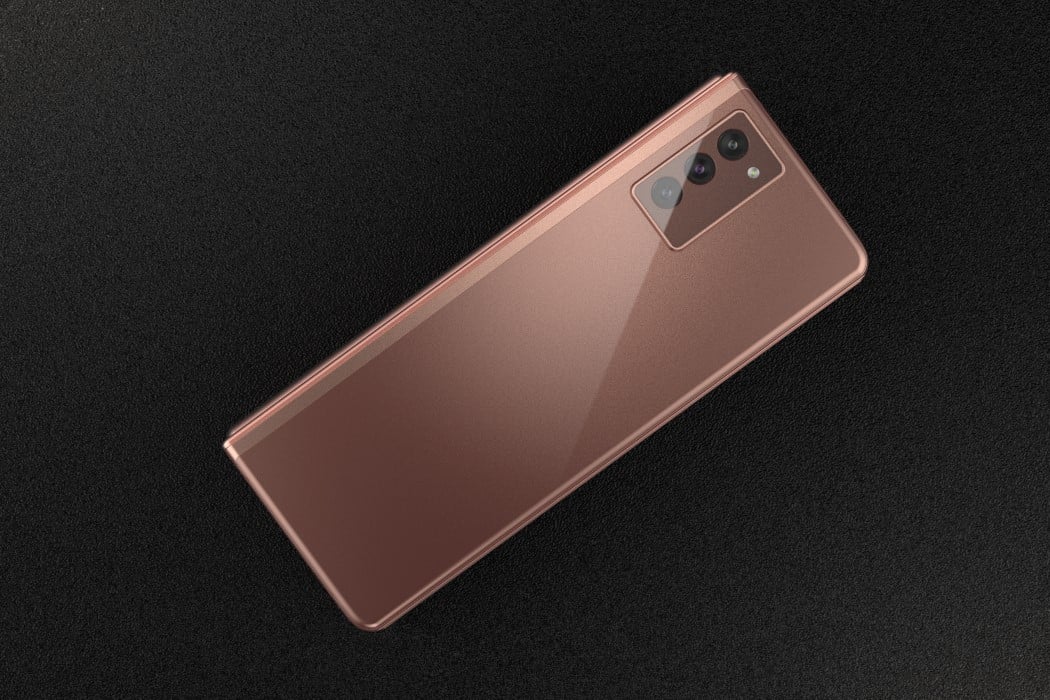
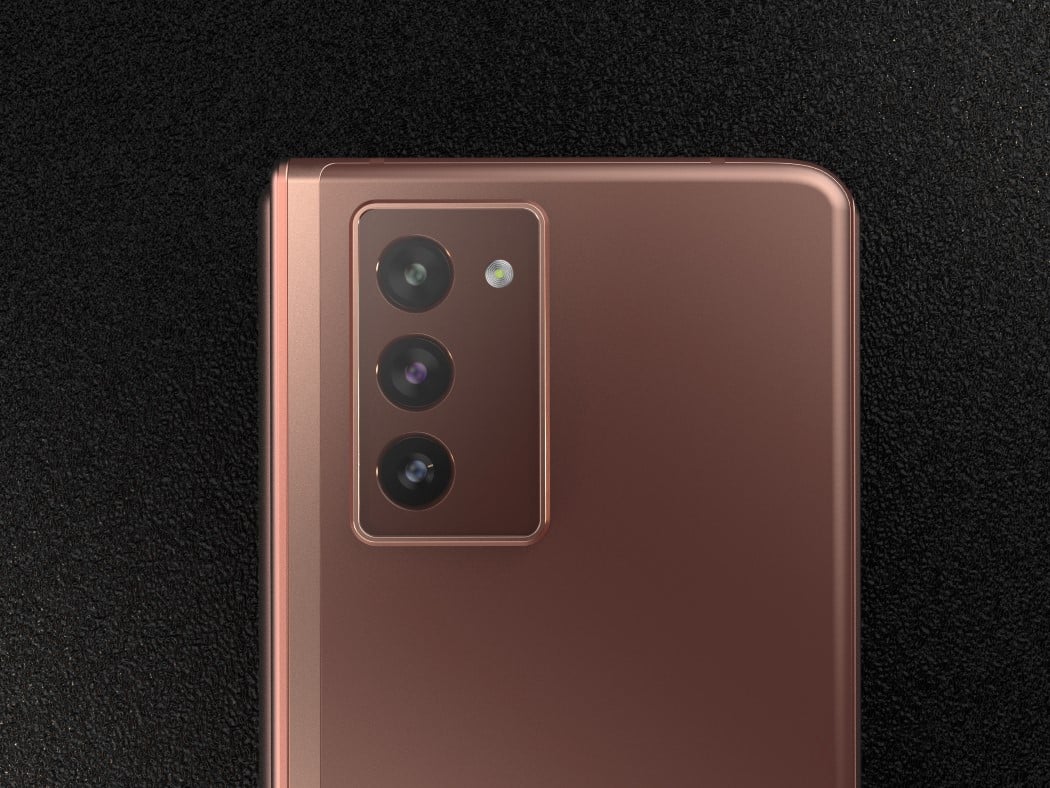
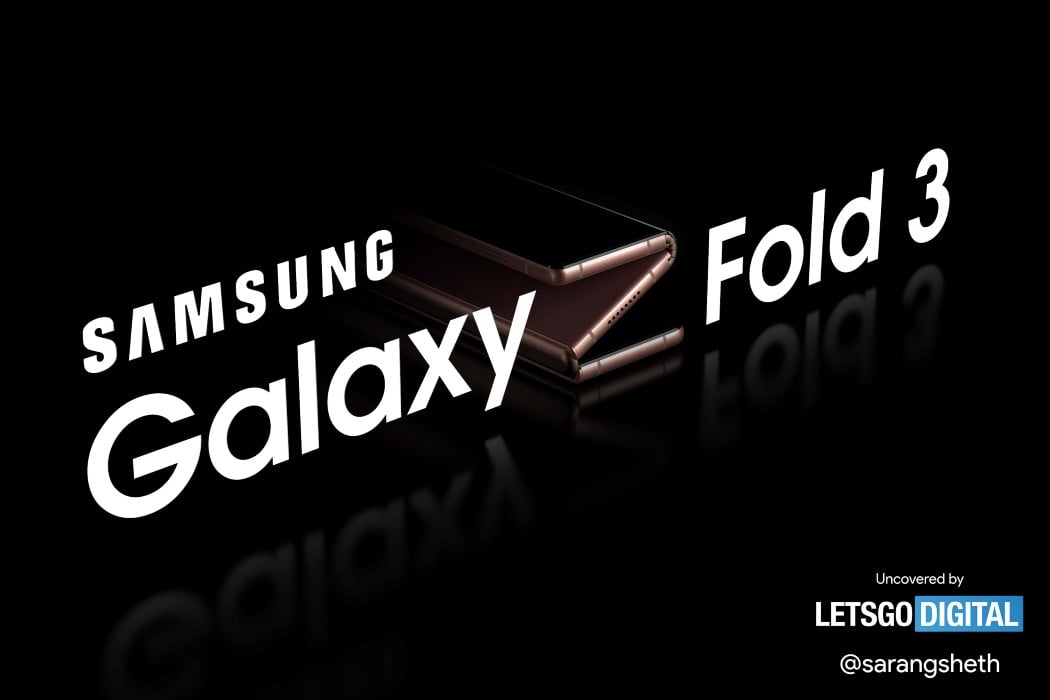
This concept was first published on LetsGoDigital. Click here to view the original piece.

